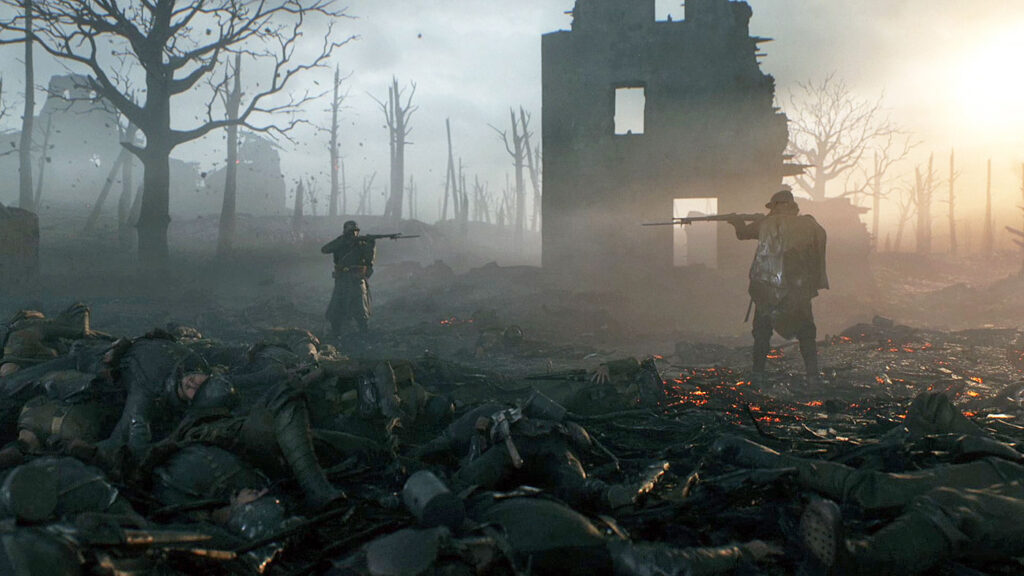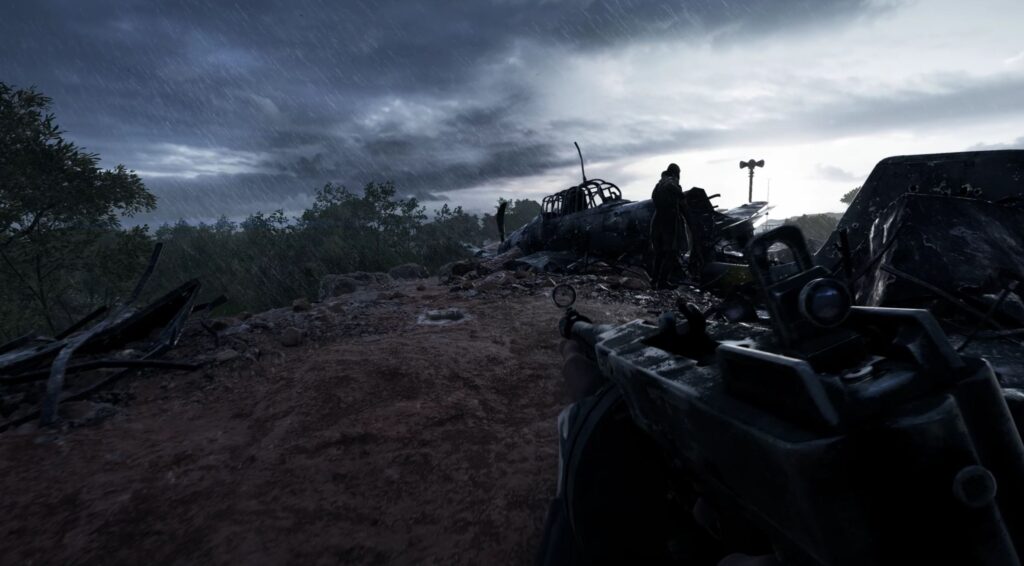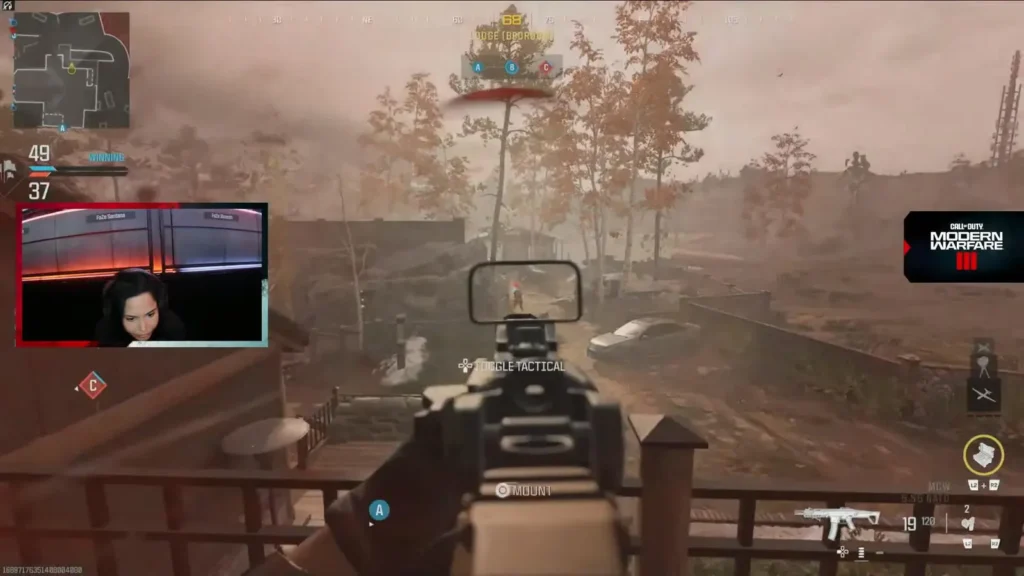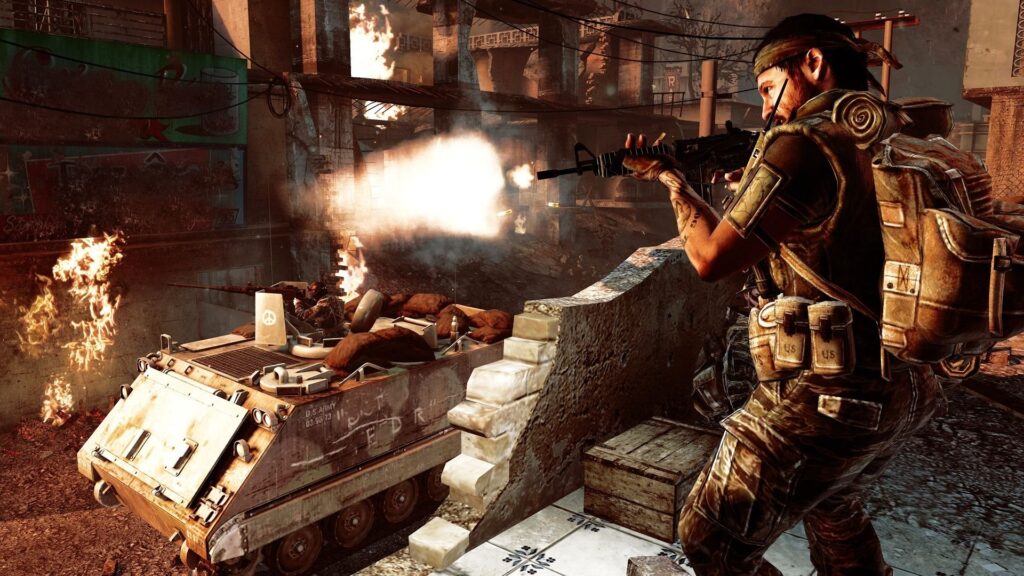Introduction: The Battle of Tactics vs. Reaction
The debate between Call of Duty and Battlefield has become a cornerstone in the gaming community, epitomizing the clash between tactical maneuvering and reflex-driven gameplay. These two franchises, each boasting a massive player base, offer divergent experiences that cater to different preferences in the realm of first-person shooters. Understanding the gameplay mechanics of both titles is essential for enhancing player performance and achieving success on the battlefield.
Call of Duty is renowned for its fast-paced action and quick reaction times, requiring gamers to rely heavily on their reflexes and split-second decisions. The gameplay often emphasizes adrenaline-fueled encounters, where players must be prepared to respond instantaneously to the chaotic environment. Conversely, Battlefield places a stronger emphasis on strategy and teamwork, steering players towards a more methodical approach. In this franchise, players are encouraged to employ tactical maneuvers, utilize vehicles, and coordinate with allies to gain the upper hand in large-scale battles.
Moreover, as gaming trends in Australia evolve, there’s a growing interest in enhancing competitive skills not only in these iconic franchises but across gaming in general. Players are increasingly drawn to the rewards of participation, much like the appeal of pokies, where strategy can influence outcomes. This thrill of competition motivates gamers to refine their skill sets, whether it involves mastering weapon handling in Call of Duty or developing intricate tactics in Battlefield.
Through this exploration of both gaming giants, we aim to provide insights into how players can elevate their gameplay. Skills derived from tactics and reactions are crucial components that significantly contribute to a player’s ability to secure victory. As we delve deeper into the unique elements of each franchise, we can uncover how these games shape the overall gaming landscape and what techniques players can employ to prosper in both environments.
Tactics: The Heart of Battlefield


The essence of Battlefield lies in its intricate tactical framework, which is fundamental to the overall gameplay. Unlike its counterpart, Call of Duty, Battlefield emphasizes team strategy, requiring players to engage in progressive play that prioritizes collaboration and thorough communication. Success in this immersive environment hinges on a team’s ability to master map control, which serves as a vital component in determining the outcome of engagements. Players are encouraged to work together, deploying strategies that capitalize on the unique features of each map.
Battlefield’s expansive landscapes and intricate terrain are designed to promote strategic gaming at various levels. Each map offers distinct opportunities for players to leverage their surroundings, utilizing high ground, natural cover, and battlefield objects to gain a tactical advantage. The larger maps inherently shift the focus from sheer reflexes to a more cerebral approach, urging players to formulate and execute plans that can turn the tide of a match. This encourages teams to discuss their approaches, assigning roles that fit the strengths of individual players, and necessitates precise execution of strategies.
The game also incorporates vehicle mechanics that add a further layer of complexity to tactics in Battlefield. Ground vehicles, air support, and various tools are essential for controlling the battlefield, as they can dramatically alter both offensive and defensive maneuvers. Players must assess the best times to deploy vehicles and integrate them into their overall game plan, allowing for coordinated strikes on key objectives. This multifaceted approach mandates that players think critically, continuously adapting their strategies to the evolving conditions of the battlefield.
In conclusion, tactical gameplay in Battlefield stands out due to its emphasis on team-oriented strategy, communication, and map mastery, fostering a rich and rewarding gaming experience that distinguishes it from other first-person shooters.
Reaction: The Fast-Paced Nature of Call of Duty


Call of Duty has established itself as a hallmark of fast-paced gameplay, immersing players in a world where split-second decisions can dramatically alter the outcome of a match. This characteristic sets it apart from other titles, as the reaction-based mechanics demand players not only engage tactically but also rely heavily on their reflexes and instincts. In Call of Duty, gunplay mechanics are finely tuned to reward those who can react swiftly to threats, making gameplay both thrilling and intensely competitive.
The significance of reflexes in this franchise cannot be overstated. Players find themselves in scenarios where quick reactions are essential for survival, particularly in high-stakes situations. The adrenaline rush that accompanies these encounters fosters a compelling environment where even the slightest delay in response can be costly. For example, during intense firefights, players must precisely aim and shoot while simultaneously navigating their environment, a task which requires acute awareness and sharp reflexes. This aspect of Call of Duty contributes to its high replay value, as players continually strive to improve their response times and overall performance.
Moreover, the balance between luck and skill plays a pivotal role in establishing the competitive edge within the game. While reflexes and positioning are critical, external factors such as map knowledge and unpredictability often introduce an element of chance, creating a dynamic landscape for gameplay. Players learn to navigate these risks through practice and experience, which further enhances their enjoyment and sense of accomplishment when they succeed. Hence, the thrill of competitive gameplay in Call of Duty is not solely derived from winning but also from the continuous effort to sharpen one’s skills and improve reaction times, ensuring that each session is as exhilarating as the last.
Conclusion: Finding Your Play Style in Both Franchises
As we have explored throughout this discussion, the gaming experience varies significantly between Call of Duty and Battlefield. Each franchise has carved a niche that appeals to different types of players. Call of Duty often emphasizes fast-paced action and quick reflexes, making it ideal for those who thrive on immediacy and adrenaline. Players who favor a strategic and calculated approach, however, may find the expansive maps and team coordination of Battlefield more appealing. Understanding your personal gaming style is crucial in determining which title may suit you best.
Moreover, while both franchises present unique approaches to gameplay, they also offer lessons in strategy and skill development that can be valuable across gaming genres. Players interested in enhancing their performance should consider honing their tactical awareness and situational responsiveness, regardless of the game they choose. For those engaged in the vibrant Aussie gaming community, there are ample opportunities for practice and collaboration, whether through community events, online matches, or local gaming tournaments.
Additionally, the richness of gaming culture extends beyond the virtual battlefield with engaging elements like pokies and gaming rewards. These aspects can create a more immersive environment, encouraging players to engage not just with the gameplay but also the associated rewards systems. Understanding how to leverage these elements within your gaming experience can enhance both your enjoyment and effectiveness in games like Call of Duty and Battlefield.
Ultimately, finding your ideal gaming experience may involve experimenting with both franchises. By assessing your preferences for tactical or reaction-based gameplay, you can tailor your gaming endeavors to elevate your skills and enjoyment. Embrace the variety within the gaming landscape, catering to your individual style and preferred approach.

